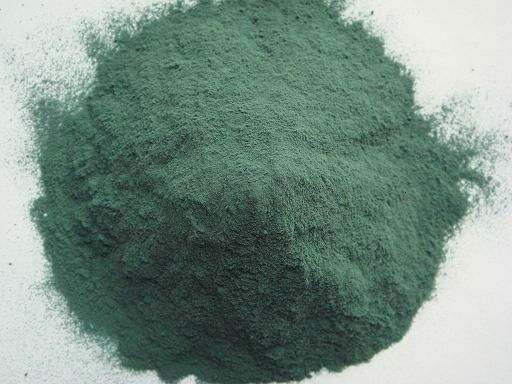

Barium sulfate exists as a white precipitate in solution.Notice that a solution, and not a precipitate, is formed, implying that magnesium sulfate is soluble. A familiar reaction is that between magnesium and dilute sulfuric acid, producing hydrogen gas and a colorless solution of magnesium sulfate.Two common examples illustrate this trend: Solubility figures for magnesium sulfate and calcium sulfate also vary depending on whether the salt is hydrated or not, but the variations are less dramatic. The Nuffield Data Book quotes anyhydrous beryllium sulfate, BeSO 4, as insoluble, whereas the hydrated form, BeSO 4.4H 2O is soluble, with a solubility of about 39 g of BeSO 4 per 100 g of water at room temperature. This simple trend is true provided hydrated beryllium sulfate is considered, but not anhydrous beryllium sulfate. The sulfates become less soluble down the group.Barium hydroxide is soluble enough to produce a solution with a concentration around 0.1 mol dm -3 at room temperature.A liter of pure water will dissolve about 1 gram of calcium hydroxide at room temperature. Calcium hydroxide solution is referred to as "lime water".This is because some magnesium hydroxide has dissolved. This indicates that there are more hydroxide ions in solution than there were in the original water. However, if it is shaken in water and filtered, the solution is slightly basic. Magnesium hydroxide appears to be insoluble in water.The following examples illustrate this trend: Since the atomic radii increase down the group it makes sense that the coordination numbers also increases because the larger the metal ion the more room there is for water molecules to coordinate to it. The larger the lattice energy the more energy it takes to break the lattice apart into metal and hydroxide ions. This trend can be explained by the decrease in the lattice energy of the hydroxide salt and by the increase in the coordination number of the metal ion as you go down the column. Group II metal hydroxides become more soluble in water as you go down the column. The end point of a potassium dichromate(VI) titration isn't as easy to see as the end point of a potassium manganate(VII) one.\) However, the color is made difficult by the strong green also present. This gives a violet-blue color in the presence of excess potassium dichromate(VI) solution. There are several such indicators - such as diphenylamine sulfonate. These change color in the presence of an oxidising agent. With potassium dichromate(VI) solution you have to use a separate indicator, known as a redox indicator. Unfortunately potassium dichromate(VI) solution turns green as you run it into the reaction, and there is no way you could possibly detect the color change when you have one drop of excess orange solution in a strongly colored green solution. As soon as you add as much as one drop too much, the solution becomes pink - and you know you have reached the end point. As you run the potassium manganate(VII) solution into the reaction, the solution becomes colorless. Potassium manganate(VII) titrations are self-indicating. The main disadvantage lies in the color change.That means that you don't get unwanted side reactions with the potassium dichromate(VI) soution. Potassium manganate(VII) oxidises chloride ions to chlorine potassium dichromate(VI) isn't quite a strong enough oxidising agent to do this. Potassium dichromate(VI) can be used in the presence of chloride ions (as long as the chloride ions aren't present in very high concentration).That isn't true of potassium manganate(VII). That means that it can be made up to give a stable solution of accurately known concentration. Potassium dichromate(VI) can be used as a primary standard.There are advantages and disadvantages in using potassium dichromate(VI). You will see that the chromium(III) sulfate and potassium sulfate are produced in exactly the right proportions to make the double salt.


 0 kommentar(er)
0 kommentar(er)
